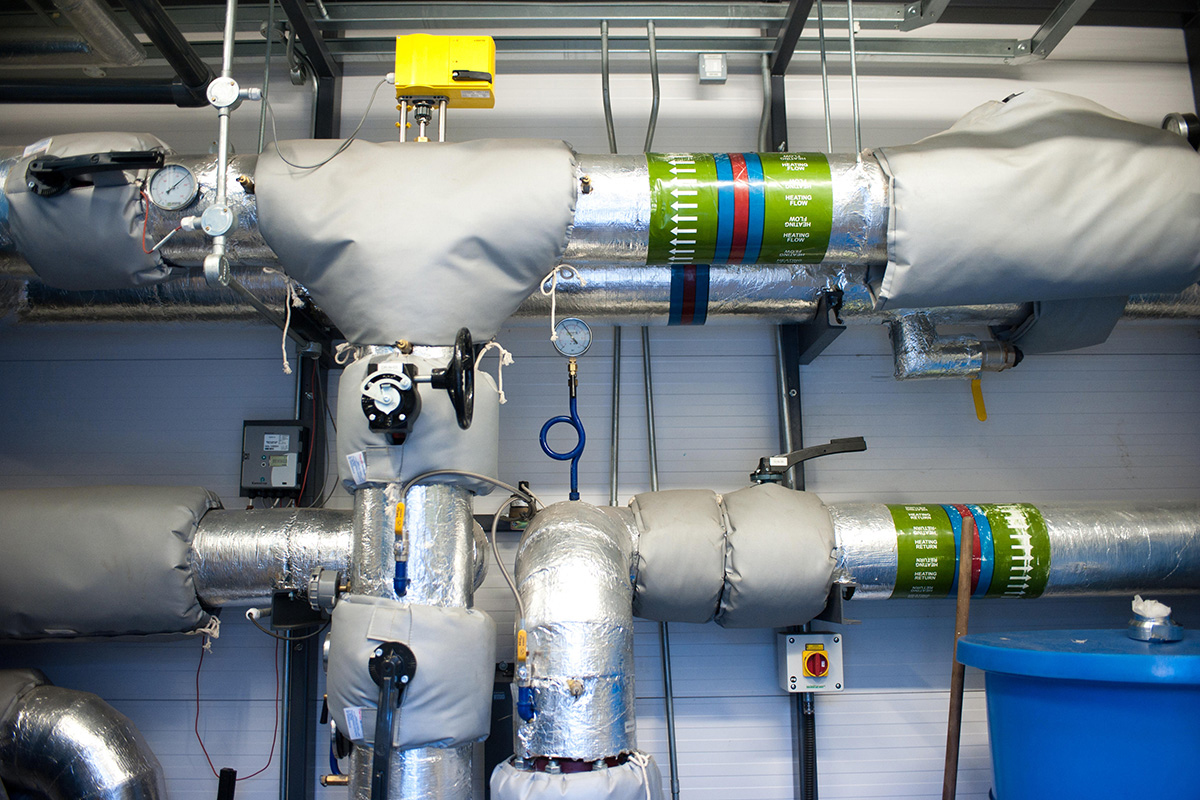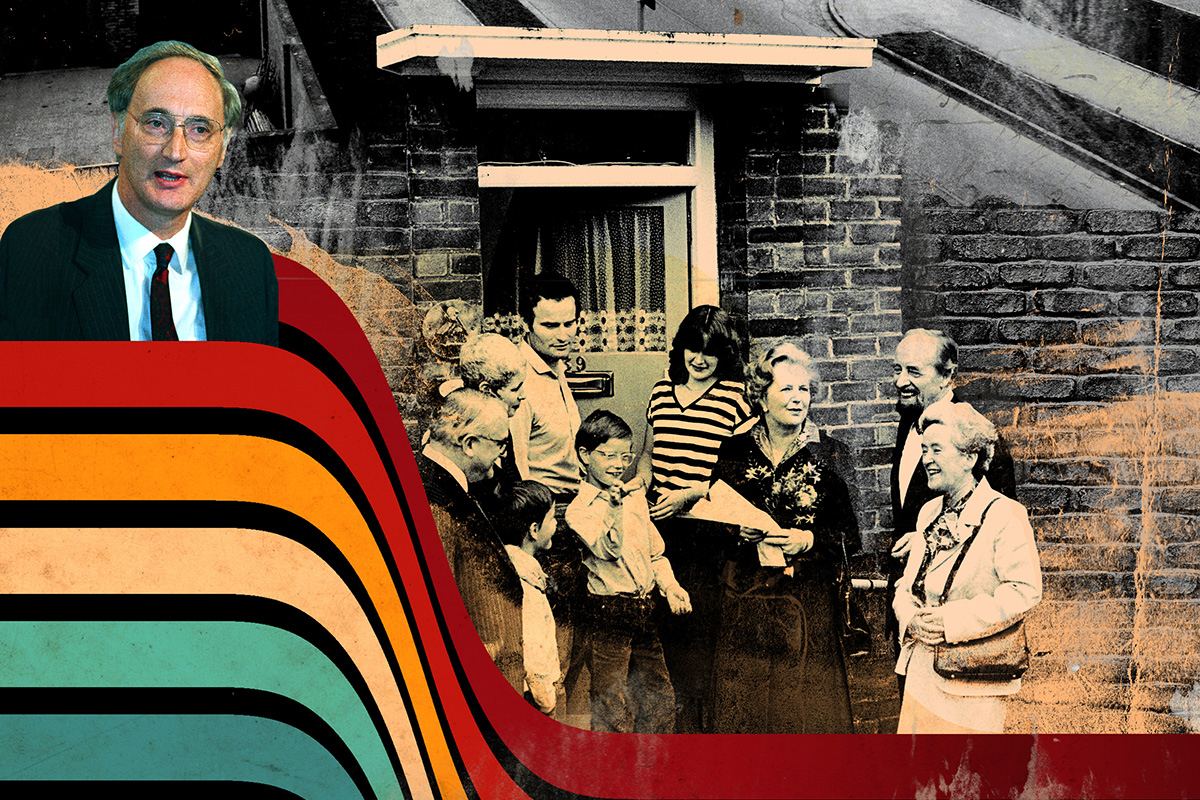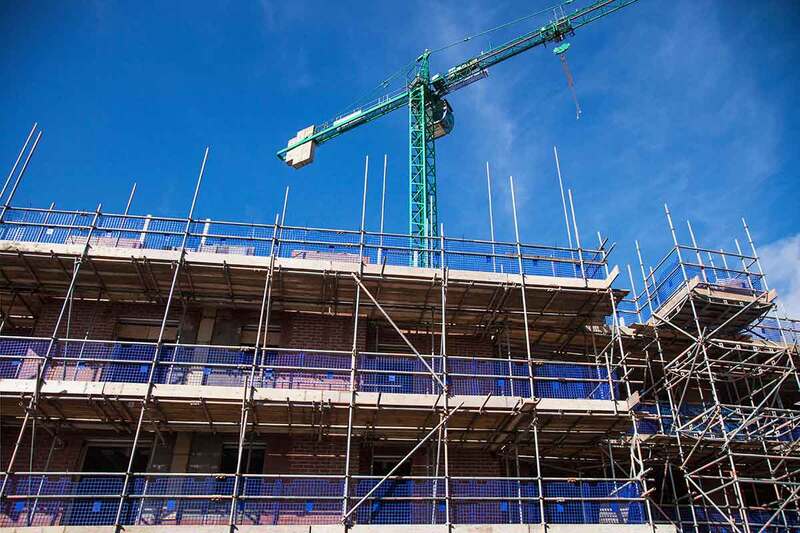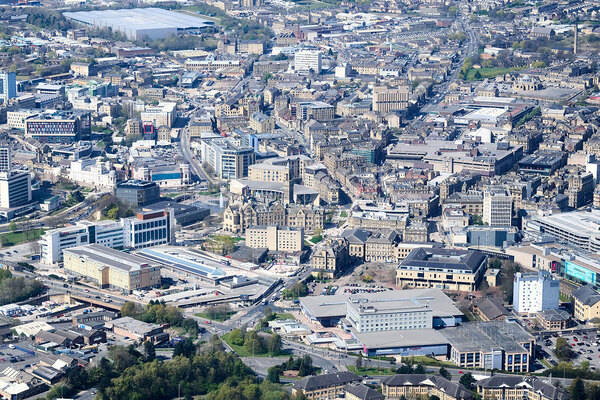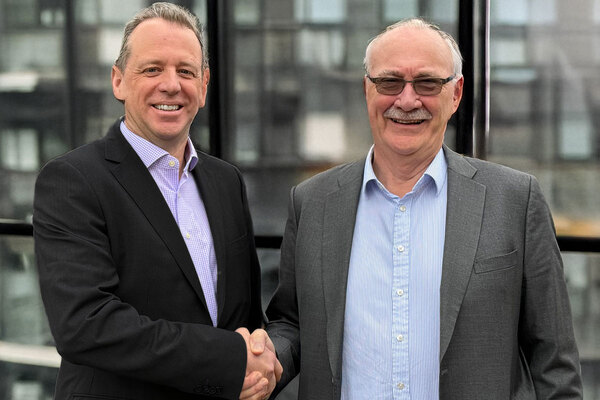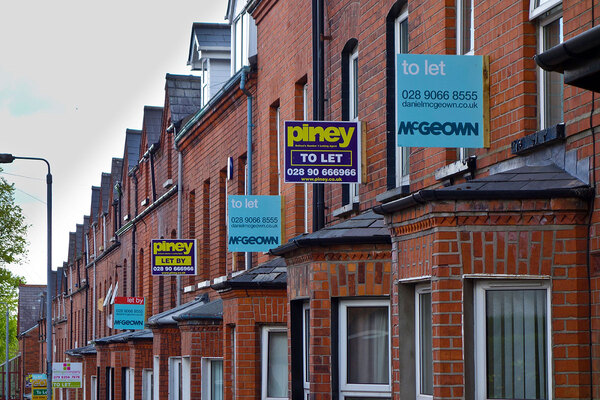Moving towards a new place-based approach
We must embrace regenerative design for urban transformation, writes Rahul Patalia, head of urban regeneration at engineering consultancy WSP
The Alma Estate in Enfield highlights the potential of urban renewal to create vibrant communities while meeting urgent housing needs. This regeneration project addresses concerns regarding large panel system (LPS) tower blocks by replacing them with higher-quality housing, improving both safety and liveability for residents.
The project, being delivered by Countryside Partnerships (part of Vistry Group) and Enfield Council, is bringing over 1,000 homes, of which 41% are a mix of council homes and shared ownership, to residents, as well as a variety of community amenities and public realm.
In addition to green spaces, the regeneration plan includes the construction of a new community centre, which has already been completed in one of the earlier phases, alongside the creation of pocket parks and shared gardens. Further developments will include community squares, green corridors and communal courtyards to provide residents with ample outdoor areas to relax and socialise.
The Alma Estate is more than just a housing development; it prioritises community needs alongside environmental sustainability. As we undertake large-scale regeneration efforts, the focus must be on creating diverse, mixed-tenure homes that not only replace outdated stock but also broaden housing options for those in need.
The challenge lies in how we construct at scale. Innovative funding and delivery mechanisms are essential to ensure that new homes are both affordable and high quality. A place-based approach enables local contexts to shape solutions, allowing communities to engage in the regeneration process.
“A place-based approach enables local contexts to shape solutions, allowing communities to engage in the regeneration process”
We have supported Countryside in the phased delivery of the Alma Estate regeneration. More recently, WSP has provided planning and engineering expertise in the submission of a new planning application for the last remaining phases.
The Alma Estate incorporates renewable-energy solutions, including its connection to Energetik’s low-carbon district heat network, ensuring long-term sustainability. This system, part of the Ponders End heat network, supplies newly built and existing homes, replacing gas boilers with safer, more efficient heating systems.
As part of Enfield Council’s climate action plan to connect 4,000 homes by 2025, a pilot retrofit project in South Street removes gas dependency, reducing carbon emissions by up to 92.3% compared with traditional boilers. Using heat captured from the Edmonton EcoPark’s energy recovery facility, this adaptable network sets a scalable model for decarbonising homes while enhancing energy efficiency with smart meters and modern controls.
Beyond energy solutions, the regeneration also prioritises the creation of community-centric spaces, fostering well-being through green areas and social hubs. The Alma Estate works towards realising this potential. By embedding green spaces, communal areas and local amenities within new developments, we foster social interaction and enhance community well-being. Key to its successful regeneration so far is maintaining flexibility within the master plan, allowing projects to evolve in response to community needs and external influences.
Despite the promise that regeneration holds, significant challenges persist. The impact of construction on residents can be disruptive, necessitating transparent communication and community engagement to build trust and ensure that regeneration aligns with the aspirations of all stakeholders.
“The impact of construction on residents can be disruptive, necessitating transparent communication and community engagement to build trust and ensure that regeneration aligns with the aspirations of all stakeholders”
While the Alma Estate demonstrates the promise of urban regeneration, challenges like funding and viability remain critical. As construction costs rise and market pressures mount, delivering affordable housing becomes increasingly complex.
To tackle this, we must prioritise a place-based approach that tailors funding strategies to local circumstances and community needs. Regeneration projects should offer a variety of housing options that cater to diverse needs while balancing affordability with quality.
Successful regeneration must also integrate commercial spaces, services and amenities, fostering local economic growth and enhancing community resilience. This comprehensive approach not only addresses immediate housing demands, but also lays the groundwork for long-term sustainability.
The shift in mindset required from policymakers and built-environment practitioners is crucial. By focusing on adaptive, multi-functional infrastructure, we can enhance social cohesion, improve quality of life and contribute to a sustainable future.
Ultimately, embracing regenerative design principles in urban regeneration will pave the way for resilient, thriving cities that uplift both people and nature.
Rahul Patalia, head of urban regeneration, WSP
Sign up for our development and finance newsletter
Already have an account? Click here to manage your newsletters



